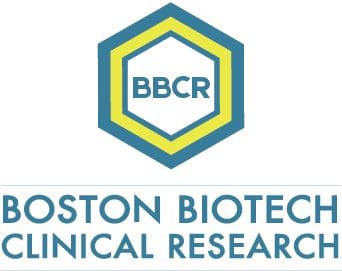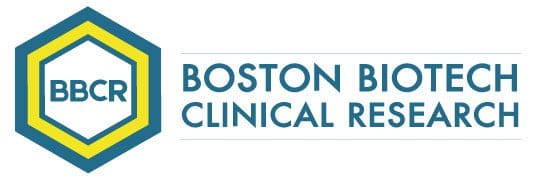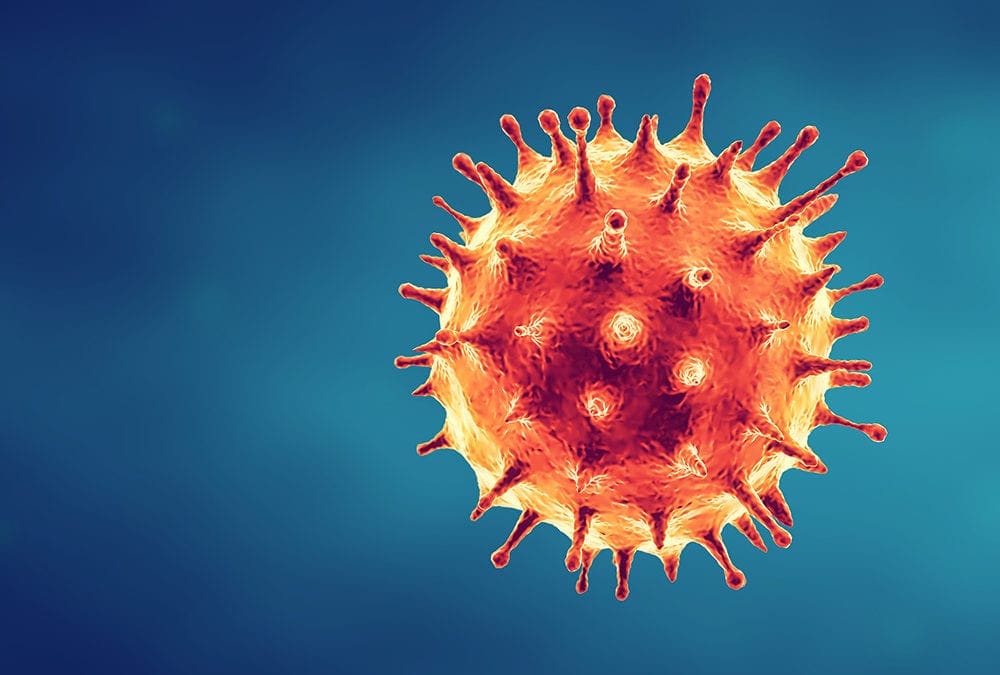The fact that COVID-19 patients have lost their sense of smell or taste is interesting because, if the virus infects the nose, it would use the exact same neurons as in the mouse studies to enter the brain.
- SARS‐CoV2 causes epidemic pneumonia characterized by acute respiratory distress.
- This novel coronavirus is similar to SARS‐CoV in sequence, pathogenesis, and cellular entry.
- Some coronaviruses can invade brainstem via a synapse‐connected route from the lung and airways.
- The potential invasion of SARS‐CoV2 may be one reason for the acute respiratory failure.
The common symptoms of COVID‐19 (https://www.ncbi.nlm.nih.gov/pubmed/31986264?dopt=Abstract) were fever (83%‐99%) and dry cough (59.4%‐82%) at the onset of illness. However, the most characteristic symptom of patients is respiratory distress (~55%). Among the patients with dyspnea, more than half needed intensive care. About 46% to 65% of the patients in the intensive care worsened in a short period of time and died due to respiratory failure.
Similar to SARS-CoV, COVID-19 virus exploits the angiotensin-converting enzyme 2 (ACE2) receptor to gain entry inside the cells. Previous studies have shown the ability of SARS-CoV to cause neuronal death in mice by invading the brain via the nose close to the olfactory epithelium (DOI: 10.1128/JVI.00737-08).
Patients with acute SARS-CoV illness have also demonstrated the presence of the virus in cerebrospinal fluid. The movement of the COVID-19 virus to the brain via the cribriform plate close to the olfactory bulb can be an additional pathway that could enable the virus to reach and affect the brain.
Recently, a study posted in medRxiv (medRxiv, 2020.02.22.20026500 (accessed on 2020-02-28) has reported neurological manifestations in COVID-19 in the current outbreak that involved 214 patients, of which 78 (36.4%) patients had neurologic manifestations, which affirms our rationale of the neurotropic potential in the COVID-19 virus.

Specializing in rare disease, Boston Biotech Clinical Research works with biotech, pharmaceutical, device companies and investors to streamline the clinical trial process. Our experienced team helps each client reach their specific goals by customizing a clinical and regulatory road map of simplified programs and streamlined protocols to meet our clients’ requirements.

